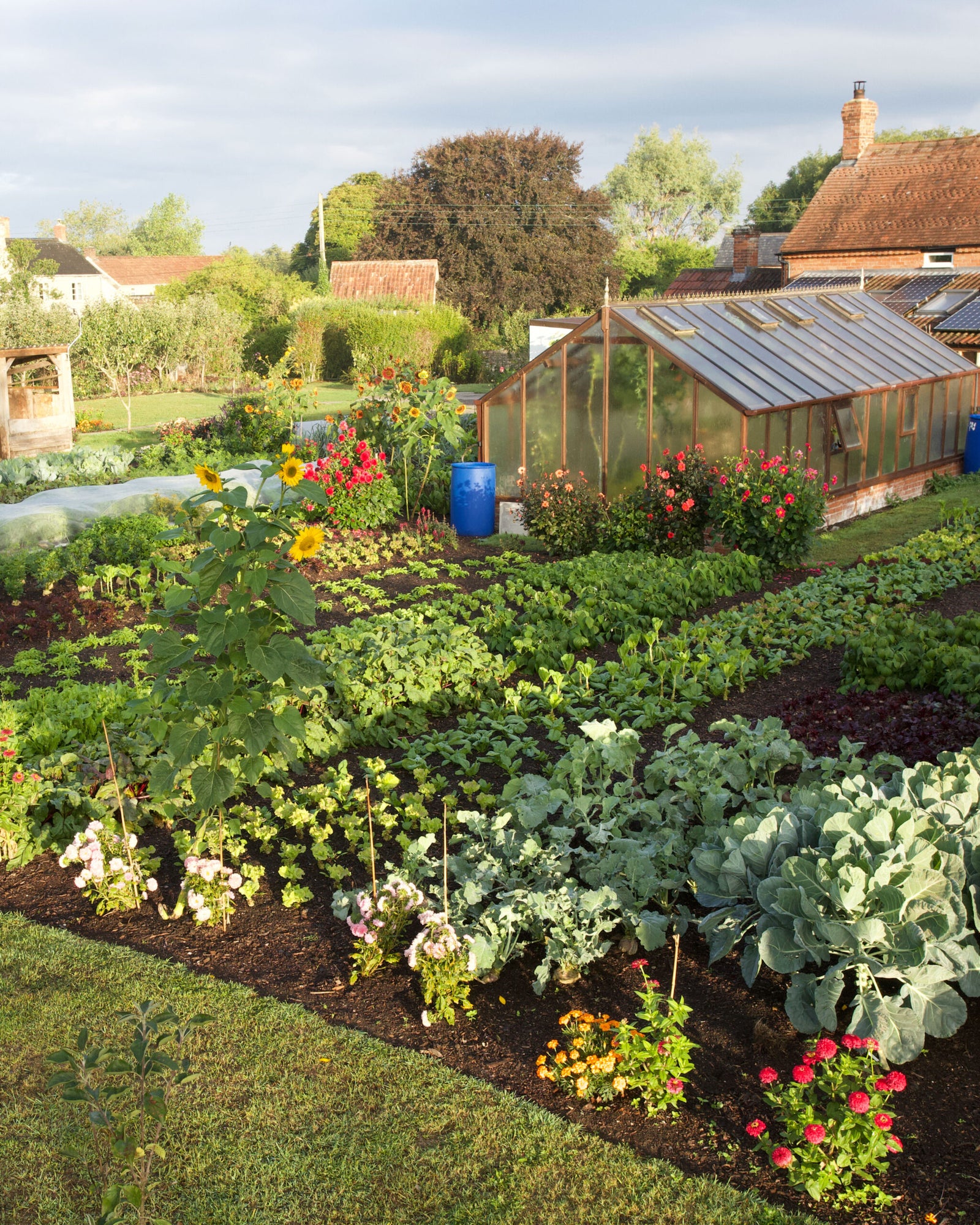Centrala begrepp
The author explores the transformative impact of the No Dig gardening method on their vegetable plot, highlighting its efficiency in reducing weeds and enhancing plant growth.
Sammanfattning
Embracing the No Dig gardening method revolutionized the author's approach to gardening. Initially faced with an overgrown allotment, they adopted Charles Dowding's technique of using compost as surface mulch to suppress weeds and nourish plants. By following this method, the author successfully cultivated a diverse range of vegetables while minimizing labor and environmental harm. The process involved covering the soil with cardboard, adding compost, and planting directly into it, resulting in bountiful harvests and flavorful produce. Through this experience, the author discovered a newfound joy in tending to their garden and experimenting with various crops.
I (Basically) Stopped Weeding Thanks to This Game-Changing Gardening Method
Statistik
Over 30 kinds of vegetables grown with minimal weeds.
Allotment covered with thick black tarpaulins in winter.
Four inches of compost used for planting seeds or seedlings.
One inch of homemade compost spread onto beds during winter.
Citat
"From my research, I understood the theory. You simply place a sheet of unglazed cardboard onto the weeds or grass, cover it with four inches of compost, and plant the seeds or seedlings into that."
"Dowding suggests removing the lowest leaves of plants such as cabbage or lettuce once they begin to yellow, as these are the kind slugs are most interested in."
"Dowding’s is the only approach to feature compost as surface mulch."
Viktiga insikter från
by Carla Capalb... på www.saveur.com 05-19-2023
https://www.saveur.com/culture/no-dig-gardening/
Djupare frågor
How does No Dig gardening compare to traditional methods in terms of long-term soil health?
No Dig gardening, as advocated by Charles Dowding, is highly beneficial for long-term soil health compared to traditional methods. In traditional gardening, frequent tilling and digging disrupt the soil structure and disturb the delicate balance of microorganisms living within it. This disturbance can lead to erosion, loss of nutrients, and compaction over time. On the other hand, with No Dig gardening, the soil structure remains undisturbed as compost is added on top of the soil surface. This method promotes a healthy ecosystem underground where beneficial organisms thrive and contribute to nutrient cycling and overall soil fertility. By not disturbing the soil through digging or tilling, No Dig gardening helps maintain a rich biodiversity in the soil which leads to improved long-term soil health.
What challenges might arise when implementing the No Dig method on a larger scale?
Implementing the No Dig method on a larger scale may pose some challenges that need to be addressed effectively. One significant challenge is sourcing enough compost for covering large areas without disturbing the existing vegetation or weeds underneath. Ensuring a consistent supply of high-quality compost can be challenging when scaling up operations. Additionally, managing weed control without mechanical intervention like plowing or tilling can be more labor-intensive on a larger scale unless proper strategies are implemented from the beginning. Another challenge could be adapting crop rotation practices effectively in a no-dig system to prevent disease build-up in soils over time while maximizing yields across different growing seasons.
How can urban dwellers adapt No Dig gardening techniques to smaller spaces like balconies or rooftops?
Urban dwellers can successfully adapt No Dig gardening techniques to smaller spaces like balconies or rooftops with some modifications tailored to their specific constraints.
Container Gardening: Utilizing containers filled with compost instead of directly planting into rooftop surfaces allows for easy implementation of No-Dig principles.
Vertical Gardening: Growing plants vertically using trellises or hanging planters maximizes space utilization while still following No-Dig practices.
Raised Beds: Constructing raised beds filled with layers of organic matter such as cardboard and compost enables urban gardeners to create mini no-dig ecosystems even in limited spaces.
Composting: Implementing small-scale composting systems for kitchen scraps provides a sustainable source of nutrient-rich material essential for maintaining healthy soils without disturbing them.
By creatively adapting these techniques suited for confined urban environments, residents can enjoy successful harvests while promoting biodiversity and sustainability within their limited gardening spaces through No-Dig methods adapted specifically for small-scale applications like balconies or rooftops
0
